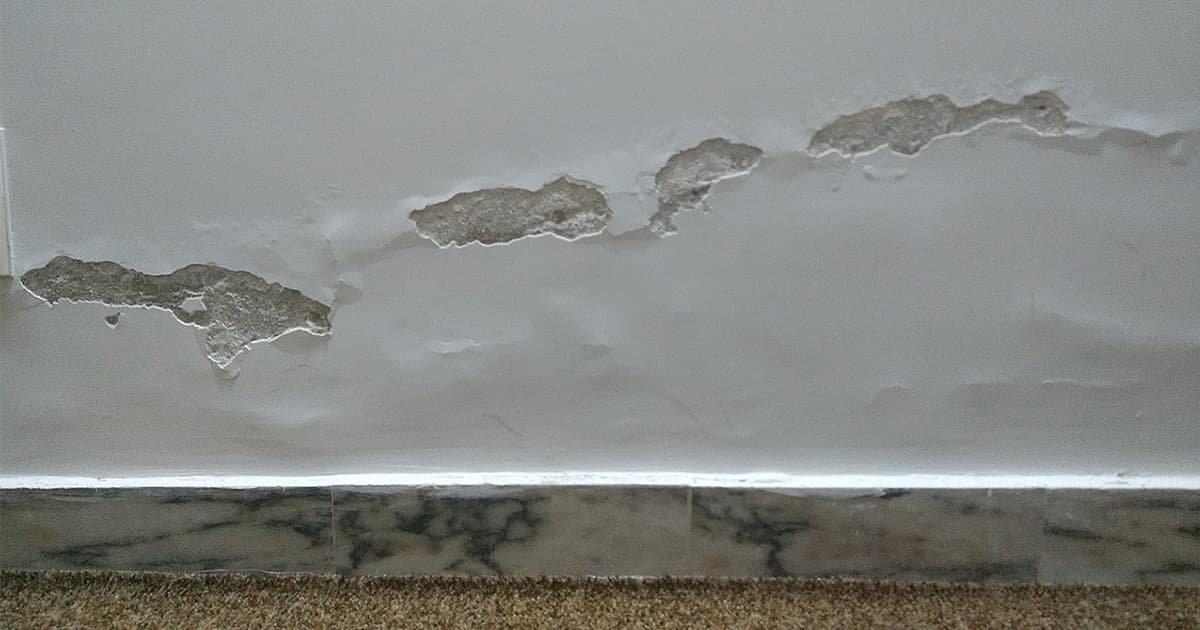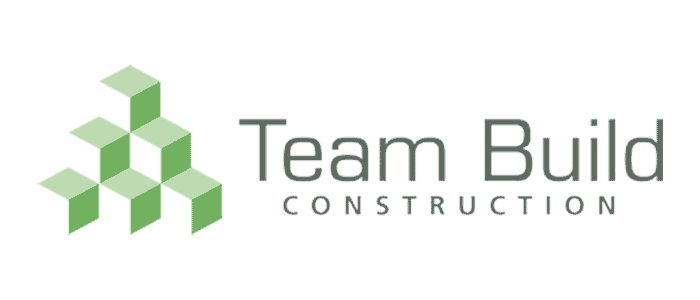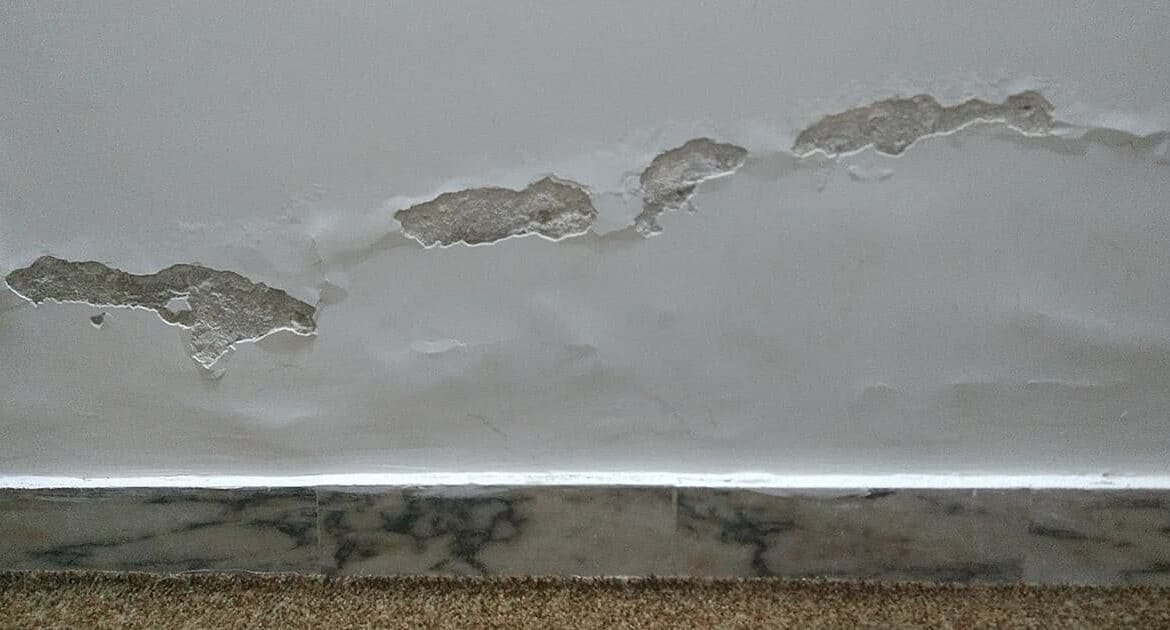Damp that is left to run its course can cause significant damage to the structure of a building. It can also lead to poor health for the occupants. Being able to identify the cause of the problem and dealing with it promptly can save you a lot of money in the long run. Treating and preventing damp is one of the most essential steps when it comes to property maintenance.
Causes Of Damp And How To Identify Them
Condensation
Modern living produces large amounts of moisture in the air. This can come from cooking, washing and bathing. If the rooms where this moisture is created are not adequately ventilated, then condensation will form on any surface that has a temperature below the dew point. Once condensation has formed this can reduce the ventilation further and exacerbate the problem.
Symptoms: You should be able to see the condensation forming on the surfaces in your home. It will happen intermittently, but with no relation to the outside weather. You should be able to see actual beads of water. You may also have the growth of mould.
Penetrating Damp
This is where rainwater can gain access to your home from via an exposed part of the building, for example, down a chimney or through the roof.
Symptoms: The most common cause of penetrating damp is either damage to the roof or rainwater fitting. You will see damp appearing on your ceilings during wet or windy weather. If you look up into your roof, you may be able to see daylight between the tiles. If the guttering is the problem, you will see large flows of water at the point of the break. There may be staining on the wall, and localised plant growth as well.
Internal Spillage
This is when the water is released from inside the home, for example, from regularly overflowing bathtubs, or leaking pipework.
Symptoms: The timing of the appearance of damp spots can help you identify if the issue is related to spillages. If the problem is due to leaking pipework, the best way to tell is if you have a metered water supply. A spike in water usage is a strong indication of a leak.
Below Ground, or Rising Damp

This is where the moisture in the ground is able to work its way up into your home. This can be as a result of improper damp proofing or when there is inadequate ventilation beneath the flooring.
Symptoms: Rising damp can often be identified as it climbs reasonably evenly up the walls. You might even see a tide mark or a line of deposited salt at the top. If the damp has been attacking your home for a while, you might find that the floors are effected as the timber in the flooring can begin to rot. You can spot this if the floor becomes a little bouncy underfoot, or becomes uneven.
Damp Proof Courses For Rising Damp
If you are having problems with rising damp, there are a few things you can try to treat the problem. The most effective, but also costly and disruptive option, is to take up the floors and the bottom layers of plaster. You can then add materials to prevent the rising of water and to protect the walls. The other option is to put in a damp proof course. This is a layer that is added at the base of the brickwork to stop the damp rising.
There are several different types of damp proof courses.
Physical – This is a drastic method that involves removing a layer of bricks and replacing it with different material. This is not appropriate in most cases and does nothing to help with any damp issues below where the level replaces.
Chemical – Holes are drilled into the bottom layer of bricks. Chemicals are then injected into the bricks. This is the most commonly used method, but it often won’t work in older buildings, and it depends on the building materials.
Alternative Methods – There are other methods such as inserting ceramic tubes, or using electricity to prevent the ingress of water. These methods have mixed success. If a chemical damp proof course is not appropriate, you should talk to a building company to get advice specific to your home.
Ventilation For Condensation
If your damp issues are caused by condensation, then you need to look for ways to improve ventilation. This could be done by installing bathroom fans, or grill hoods. You can also maintain your home at a higher temperature to prevent surfaces from reaching the dew point.
Do not be tempted to rely on dehumidifiers; they are an expensive and inconsistent option. Proper heating and good ventilation are the best options.

